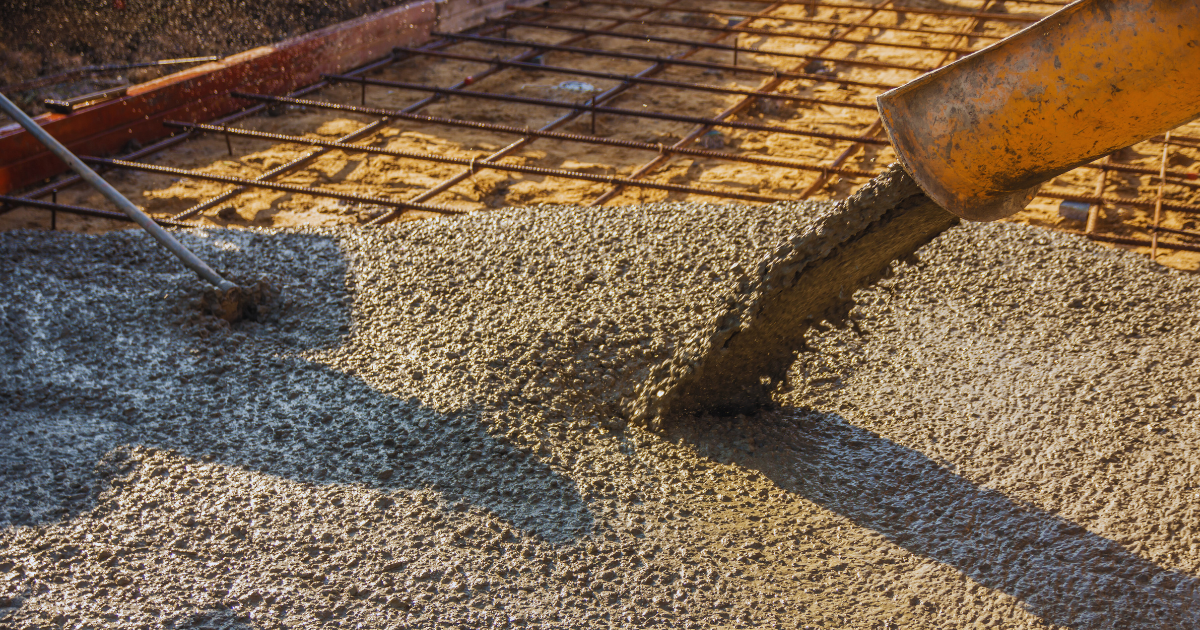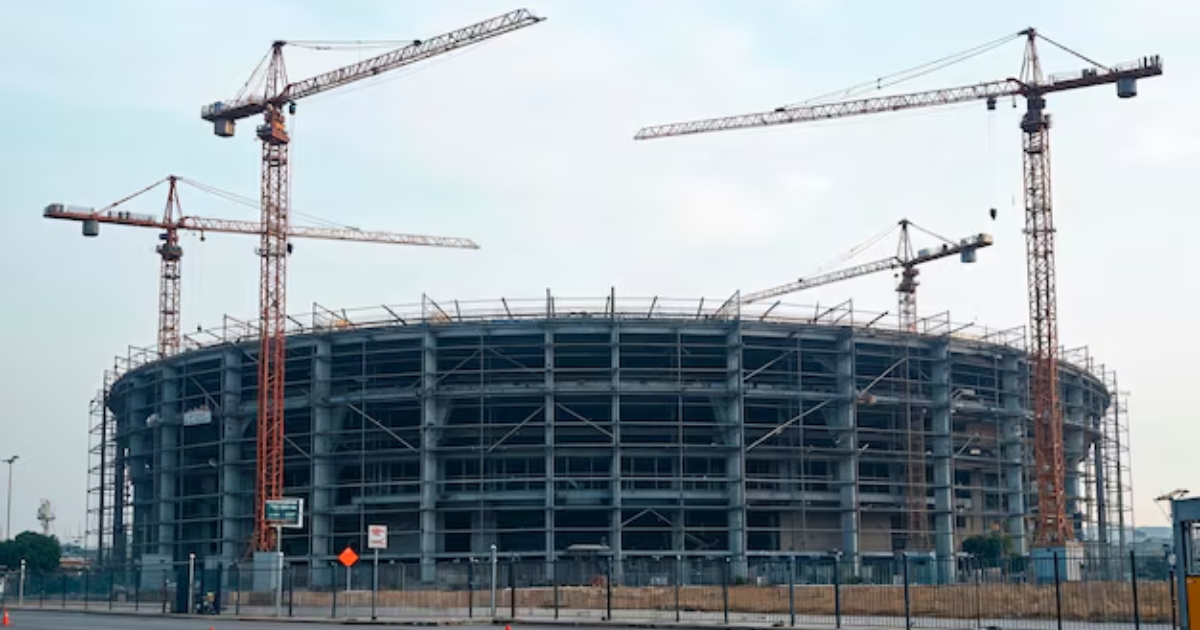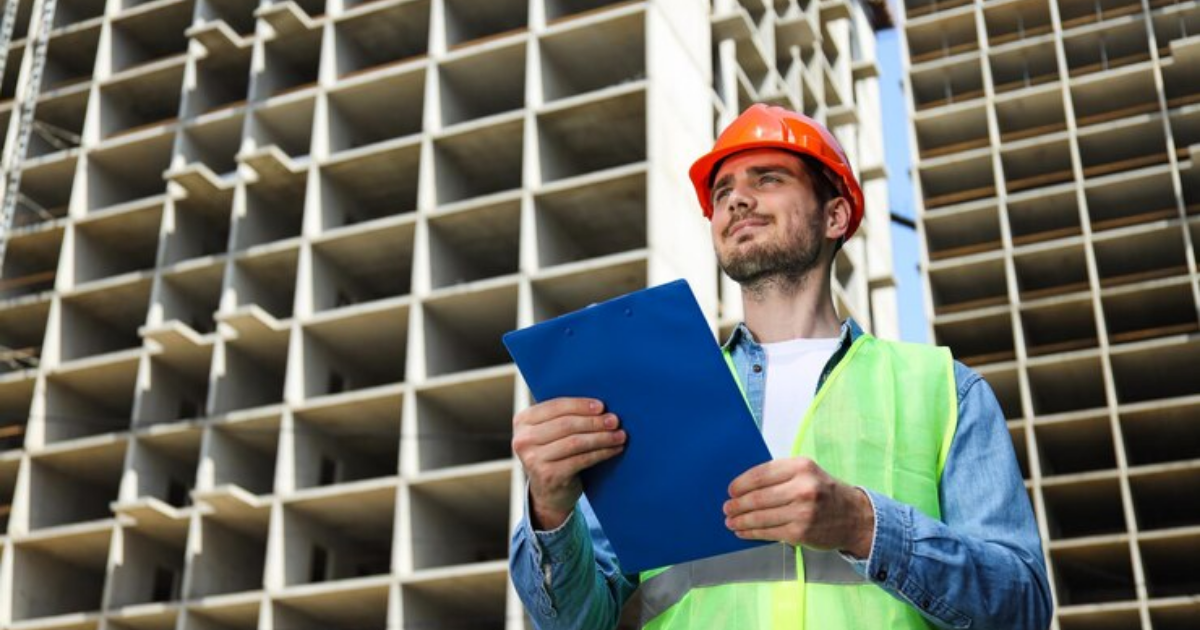In the realm of civil engineering and construction, diaphragm walls stand out as crucial elements in various large-scale projects. These walls serve multiple purposes that are integral to the stability, safety, and functionality of structures. This comprehensive guide explores the significance of diaphragm walls, their construction process, and their applications in modern engineering.
Purpose of Diaphragm Wall? Understanding Its Importance
A diaphragm wall, often referred to as a slurry wall in some regions, is a reinforced concrete wall constructed in the ground using a trench excavation method. It is typically designed to be deep and provides structural support against lateral soil pressure and groundwater during the construction of basements, underground structures, tunnels, and deep foundations.
Purpose of Diaphragm Wall
The purpose of diaphragm wall can be categorized into several key functions that contribute to the overall stability and safety of construction projects:
- Retention of Earth and Water: One of the primary functions of diaphragm walls is to provide temporary or permanent earth retention. They are effective in preventing soil movement and controlling groundwater ingress, especially in urban areas with high water tables.
- Support for Excavations: Diaphragm walls are crucial for supporting deep excavations during the construction of underground structures such as basements, subway stations, and tunnels. They prevent the collapse of soil and ensure a stable working environment for subsequent construction activities.
- Barrier to Groundwater: In areas where groundwater levels are high, diaphragm walls act as impermeable barriers that prevent water ingress into excavated areas. This is achieved through the use of bentonite slurry during construction, which seals the wall against water penetration.
- Structural Support: Beyond excavation support, diaphragm walls provide structural stability to underground structures by transferring vertical loads safely into the ground. This is particularly important in urban environments where space constraints necessitate construction below ground level.
- Environmental Protection: Diaphragm walls play a role in environmental protection by containing contaminants within contaminated sites, such as industrial facilities or landfills. They can act as barriers to prevent the spread of pollutants into surrounding soil and groundwater.
Construction Process of Diaphragm Walls
The construction of diaphragm walls involves several intricate steps to ensure their effectiveness and durability:
- Excavation: A narrow trench is excavated using specialized equipment, typically a trench cutter or grab. The depth and width of the trench depend on the design requirements and soil conditions.
- Slurry Installation: Bentonite slurry, a viscous fluid, is continuously circulated within the trench to stabilize the walls and prevent collapse. This slurry also serves as temporary support against groundwater inflow.
- Reinforcement Placement: Steel reinforcement cages are inserted into the trench to provide structural strength and flexibility. These cages are designed according to engineering specifications and may include additional features like anchor plates or connectors for tiebacks.
- Concrete Pouring: High-quality concrete is poured into the trench from the bottom up, displacing the bentonite slurry. Special care is taken to ensure the concrete fills the entire trench evenly, eliminating voids and ensuring uniform strength.
- Panel Joint Formation: Panel joints are created at predetermined intervals to allow for thermal expansion and contraction of the concrete. These joints are typically filled with a sealing compound to maintain the integrity of the wall.
- Curing and Finishing: After the concrete has set, curing procedures are implemented to strengthen the wall over time. Surface finishing may include waterproofing treatments or protective coatings to enhance durability and resistance to external elements.
Applications of Diaphragm Walls
Diaphragm walls find extensive application in various sectors and types of construction projects, including:
- Basements and Underground Parking: Providing structural support and water retention capabilities for underground spaces.
- Subway Stations and Tunnels: Facilitating stable excavation and tunnel construction in urban areas.
- Waterfront Structures: Acting as flood defenses and preventing water ingress in coastal and riverside developments.
- Environmental Remediation: Containing hazardous contaminants and preventing groundwater pollution in industrial and landfill sites.
Advantages of Diaphragm Walls
The use of diaphragm walls offers several advantages that make them indispensable in modern construction practices:
- Strength and Stability: Provides robust structural support against soil pressure and groundwater.
- Versatility: Suitable for a wide range of soil conditions and construction environments.
- Durability: Longevity and resistance to environmental factors ensure extended service life.
- Space Efficiency: Maximizes usable space in densely populated urban areas by enabling underground construction.
- Environmental Protection: Safeguards against soil and water contamination in sensitive areas.
Challenges and Considerations
Despite their benefits, the construction of diaphragm walls poses certain challenges and requires careful consideration of factors such as:
- Site Conditions: Soil type, groundwater levels, and proximity to existing structures can impact construction feasibility.
- Cost and Time: Construction of diaphragm walls can be time-consuming and costly, requiring specialized equipment and skilled labor.
- Maintenance: Regular inspection and maintenance are necessary to ensure continued performance and integrity.
Conclusion
In conclusion, understanding the purpose of diaphragm wall illuminates their critical role in modern construction practices. These structures provide essential support, stability, and environmental protection in a variety of engineering projects. By adhering to rigorous construction standards and leveraging technological advancements, diaphragm walls continue to be pivotal in shaping the infrastructure and urban landscapes of today and tomorrow.
For more insights into construction technologies and engineering solutions, stay tuned to Hindustan’s blog for expert analysis and updates.







